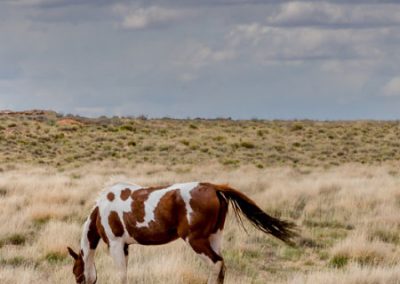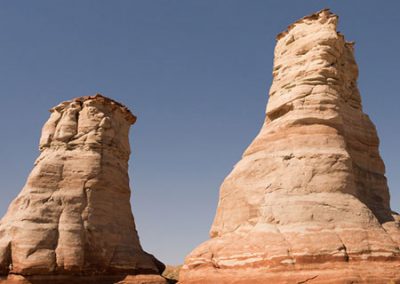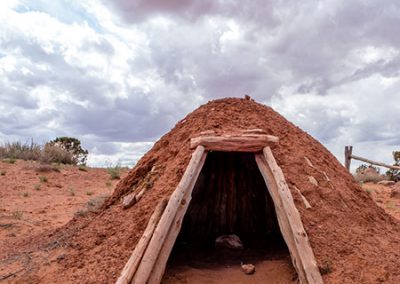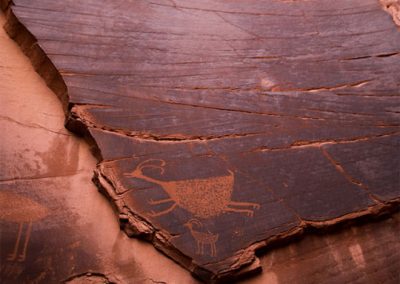History
History
According to the Navajo legend, First Woman and First Man gifted the Chuska Mountains with herbs and medicine. From the time of emergence, the Chuska Mountains provides livelihood for the Dineh; from medicine to food and game, and protection from enemies. Tohatchi was a rendezvous point for the ancient and it is today – for the young and old.
The Tohatchi Chapter land area encompasses flatlands, mesas, and washes in the lower terrain. Sun baked rocks; arroyos, badlands, and gray hills spotted with juniper and pinon are in the higher range. The highest reaches of the Chuskas include canyons, boulders, streams, ponds, springs, and are cloaked with ponderosa and oak. The Chuska Mountain range stretches over several other chapters.
The Red Willow Valley, where the Tohatchi community is now situated, was first settled by Hosteen Nidazzi band of the Dineh. The Chuska Peak/Dezzi Bluff area of the mountain range was settled by Cayetanos band of the Dineh, from which the famous Chief Manuelito originated. The Treaty of 1868 included the Chuska Mountain as part of the original Navajo Reservation. This declared “Navajo Reservation” was an area much smaller than what the Navajo had claimed in territorial control prior to 1864. The Navajo were not accustom the smaller land base they were forced into.
A government sub-agency was established in Tohatchi in the late 1800’s; the first trading post was built in 1871 and the first church in 1901. The first school and health station were also built in 1901. A reservoir was constructed in 1935 and rehabilitated in 1954. This rehabilitation project sent controlled water to the Red Willow Farms. Demand for schools placed development of basic infrastructure into cycle between the 1950’s and 1980’s, benefiting housing, social services and the private sector. The chapter house was built in 1952 and renovated in 1989.
“Servicing the Governmental Needs of the Tohatchi Chapter Residents.”



